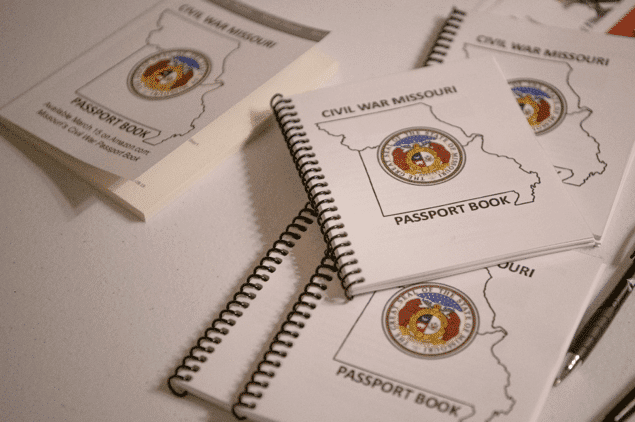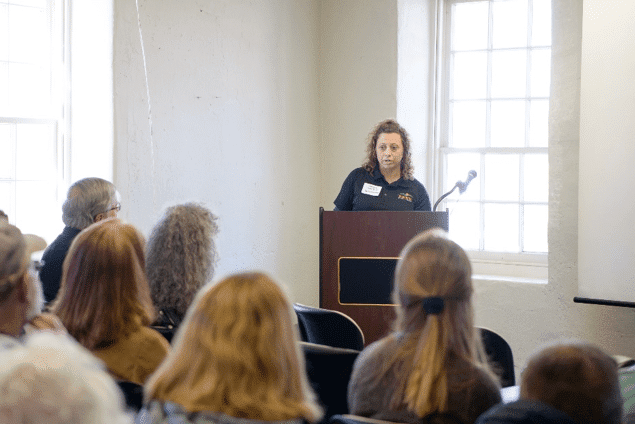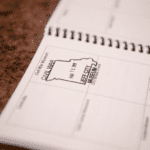
Steps are being taken to promote the state, its regions, communities, and people, both past and present, as Missouri prepares for its bicentennial on August 10, 2021. Under the Missouri 2021 Bicentennial banner is the State Historical Society of Missouri, which is committed to coordinating a statewide commemoration to include projects, programs, and events that contribute to a better understanding of the State’s geographic and cultural diversity, and provides opportunities for citizens to celebrate, explore, and share perspectives on the state’s rich history and culture.
Outside of Missouri 2021 Bicentennial, another effort to promote the study of Missouri’s Civil War history is underway. The Civil War Missouri Passport Program, created by Fry’s Lyon Foundation, Inc., and endorsed by Missouri State Parks, has created a passport book to guide you through significant battle sites and museums around the state. Thirty-five battle sites and five museums have been selected for this program. In 1990, Congress established the Civil War Sites Advisory Commission to identify Civil War battle sites deemed worthy of preservation for their historical significance. Out of the 384 historically significant battlefields chosen, twenty-nine are in Missouri. Remembering our state’s civil war history will benefit future generations.
To complete the Passport program, there are forty stamps to collect, from thirty-two locations. Participants who visit all of these sites by December 31, 2020, and receive a visit stamp for their passport at each location, are eligible to receive a Certificate of Completion suitable for framing. See mo-passport.org for full program guidelines.

The Battle of Carthage, also referred to as the Battle of Dry Fork Creek, was the earliest full-scale battle of the Civil War, preceding Bull Run by 11 days. General Nathaniel Lyon knew the enemy was building strength in the southwest corner of the state. He sent Colonel Franz Sigel and his Union troops to fight the secessionist Missouri State Guard, led by General James Rains. On July 5, several brief conflicts occurred at the creek crossings of Dry Fork at 9 am, 2 pm at Buck Branch, and 6 pm at Spring River. A stand at Carthage would have been made but for fear of the exhaustion of artillery ammunition, which already was running low. The enemy disputed the passage at the village, when a severe encounter followed, in which the rebels suffered so severely as to prevent them from any further pursuit in that masterly retreat before immensely superior numbers. The Federalists fell back upon Sarcoxie.
Battle of Carthage State Historic Site contains a meadow and the spring that made an encampment area for both the Union and Confederate troops, the Union before the battle and the Confederate after. [1] Here’s where you can get started on the Passport program: visit the Battle of Carthage Civil War Museum, 205 Grant Street, Carthage, Missouri. The hours of operation are Tuesday through Saturday 8:30 am to 5:00 pm, and Sunday from 1:00 until 5:00 pm, where the staff will be happy to give you a tour.















